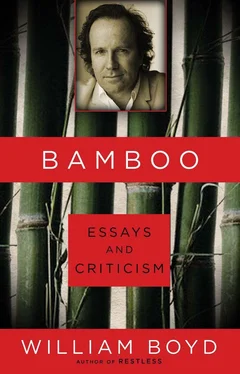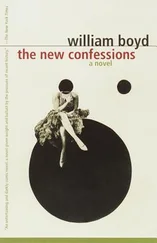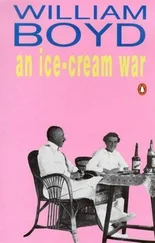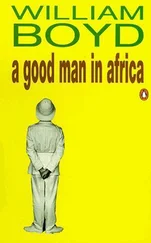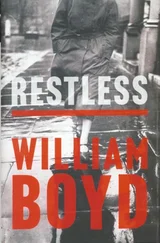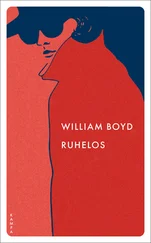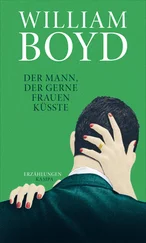1999
Saturday afternoon. Summer. Oxford, 1980. In Bonn Square — a patch of grass with a few trees that faces the Westgate shopping centre — there is a war memorial commemorating some remote colonial campaign at the tail end of the nineteenth century. On one side of the stunted obelisk there is an inscription: “Killed by mutineers in Uganda, Brevet Major A. B. Thruston.” Beneath it, on the three steps at the base of the obelisk, loll a pride of fourteen-year-old skinheads, boys and girls, their cap-sleeved T-shirts revealing pale arms bruised with self-inflicted tattoos (biro ink and a safety pin). Three of them, like aged barflies, raise inflated plastic bags to their noses and leisurely inhale the fumes from the glue that congeals in the bottom. One fat boy, his face unnaturally red and shiny from the chemicals, rolls his eyes in simulated gourmet delight. You can practically see the damage being wreaked on his numb fist of a brain.
A few yards away around the maw of the shopping centre a group of sandalled young Christians sing modish hymns to the beat of a guitar and tambourine. Bearded, glossy-haired Iranian students chatter and gesticulate. Shirt-sleeved coppers stroll through the harassed mobs in Queen Street and Cornmarket. Three hundred French and Italian schoolkids assemble noisily at the foot of Carfax Tower. Coaches clog the bus station and bulk in every side street. The pavements are dark and sticky from the residue of ice-cream cones and abandoned lollies; waxpaper wrappers and polyurethane hamburger cartons form brittle drifts in shop doorways. Every step seems to connect with an empty Coke can. The city reels in a hot, jammed stupor, stunned by the heat and the perspiring shifting populace thronging its streets.
And yet … And yet the colleges somehow preserve their peace, effortlessly — it seems — maintaining a world that Brevet Major A. B. Thruston would have no difficulty in recognizing. The college lawns are cropped like cricket squares, unbadged by weed or daisy; someone practising the piano in an upstairs music room runs off an appropriate arpeggio. Everywhere there is new, spanking clean sandstone. The colleges receive their regular face lift like placid Palm Beach crones. The rechis-elled cornices and gargoyles are suddenly in sharp focus again, as if a lens has been twitched by an alert projectionist.
It is all, in fact, unsettlingly like an elaborate show. On my first visit to New York, within fifteen minutes of my arrival, I passed Woody Allen and Diane Keaton sauntering and chuckling down Park Avenue as if doing a retake for Annie Hall. I found this curiously sinister because it’s exactly what the mythology of Manhattan makes you inclined to expect — before you get there. Oxford imposes a similar doubt. The University buildings, the colleges, are so close to their imagined forms that I felt I was being inveigled into some unwitting cameo role in a monstrous cinematic project. It affects everybody in this way, as the undergraduates so readily demonstrate with their arch self-consciousness and Brideshead Revisited pretensions. These antics — the braying voices, the paraded neuroses — are harmless irritants on the whole, but the perfection of the backdrop now seems to me to be Oxford’s greatest attraction and — for its inhabitants in the University — its most insidious and damaging influence.
I came to Oxford five years ago to write a PhD thesis on Shelley. I had just got married and we lived in a large but inconveniently designed college flat on the Woodstock Road. It was inconvenient because the occupants of the upstairs flat could only reach their front door via our hall so we — perforce — got to know them quite well. Our neighbours over the next three years were a taciturn ginger-bearded chemist and his clog-wearing wife and, after them, a couple of timid American organ scholars. This couple, whose demeanour gave new resonance to the epithet “mild-mannered,” treated their flat with all the respect of H-block inmates and managed in the course of a year to wreak more damage on their abode than the most anarchic squat. As the rubbish began to tumble off the landing and creep down the stairs we began to feel like participants in a J. G. Ballard novel and hastily moved out.
We now live half a mile up the road — in a flat above a dentist’s with no noise and no neighbours — but still in north Oxford. The houses around are large, Victorian and brick. Their walls are freighted with ivy and wisteria, the gardens are long and capacious, there are lots of trees. There is a smug air of self-satisfaction about this particular suburb, as if we all sense our luck in being able to live here. It used to be a kind of dons’ ghetto and most of the houses, some of them enormous, were built in the last half of the last century when the colleges first allowed their Fellows to marry. The larger houses in north Oxford hover around £100,000 and today’s Fellows, if they can afford a house at all — in many respects Oxford is more expensive than most districts in London — live in tiny terraced boxes in west Oxford — Jericho, Hinksey — or off the Cowley or Iffley roads to the south. West Oxford is undergoing radical class-surgery as its incredulous lower-income-group inhabitants sell-out for sums that must have seemed beyond their wildest dreams to the young academics, University Press editors and the “new” middle-class professionals: designers of every shape and hue, folk-art manufacturers (original wooden toys, pine-furniture restorers, personalized roller-blind creators, etc.), management consultants and the like. Every third house these days has the obligatory skip parked outside as interior walls are battered out, old fireplaces revealed and basements are renovated. Now, tiny two-up, two-downs fetch prices in the mid twenty-thousands. The walls are so thin you can hear your neighbour cleaning his teeth.
East Oxford — Old Marston excepted — is bland and unremarkably modern in character. To the south lie Cowley and the British Leyland works.
Auden’s poem on the city perfectly captures the spirit of the place, the
Stones in those towers … utterly
Satisfied with their weight.
And, in the next verse, fixes Cowley in so far as it impinges on the minds of the University’s population:
Outside, some factories, then a whole green county.
“Some factories,” a meagre parenthesis for such a significant portion of the city and whose inhabitants probably supply 90 percent of the “town” in the famous Oxford polarity. Indeed town and gown seem as irredeemably divided as ever, almost as if some secret treaty has been signed, sectioning the city into discrete no-go areas almost as effectively as Derry. The Broad, St Giles and the Turl remain sedate and studenty on the most frantic Bank Holiday, while Cornmarket and Queen Street bulge with shoppers and garish consumerism.
Yet Cowley has developed its own character regardless, and the Cowley Road is probably the most heterodox and interesting thoroughfare — from a sociological point of view — that the city possesses. Its punks, rude boys and rastamen populate the edges of the University’s hallowed precincts and occasional epidemics of “student-bashing” provide more potent reminders of the “town’s” virile existence. And, nowadays, from the lawns of Garsington you can see the BL gasometer heavy on the horizon.
In the street where I live the graffiti on the walls says “Ordine Nuovo,” “PCI” and “Autonomia Operaia”—the lunatic extremes of Italian politics come to north Oxford. This year has definitely belonged to Italy, edging out France in Oxford’s huge floating population of language students. Near my flat there’s a school which runs summer courses for foreign students and from the window of the room where I work I can see them trooping up and down the street — vivid, lissom teenagers, smoking and lounging, the boys crass and arrogant, the girls sticking together, arms linked, eyes full of suspicion, or else dragging their feet, carrying their bordeom like rucksacks.
Читать дальше
